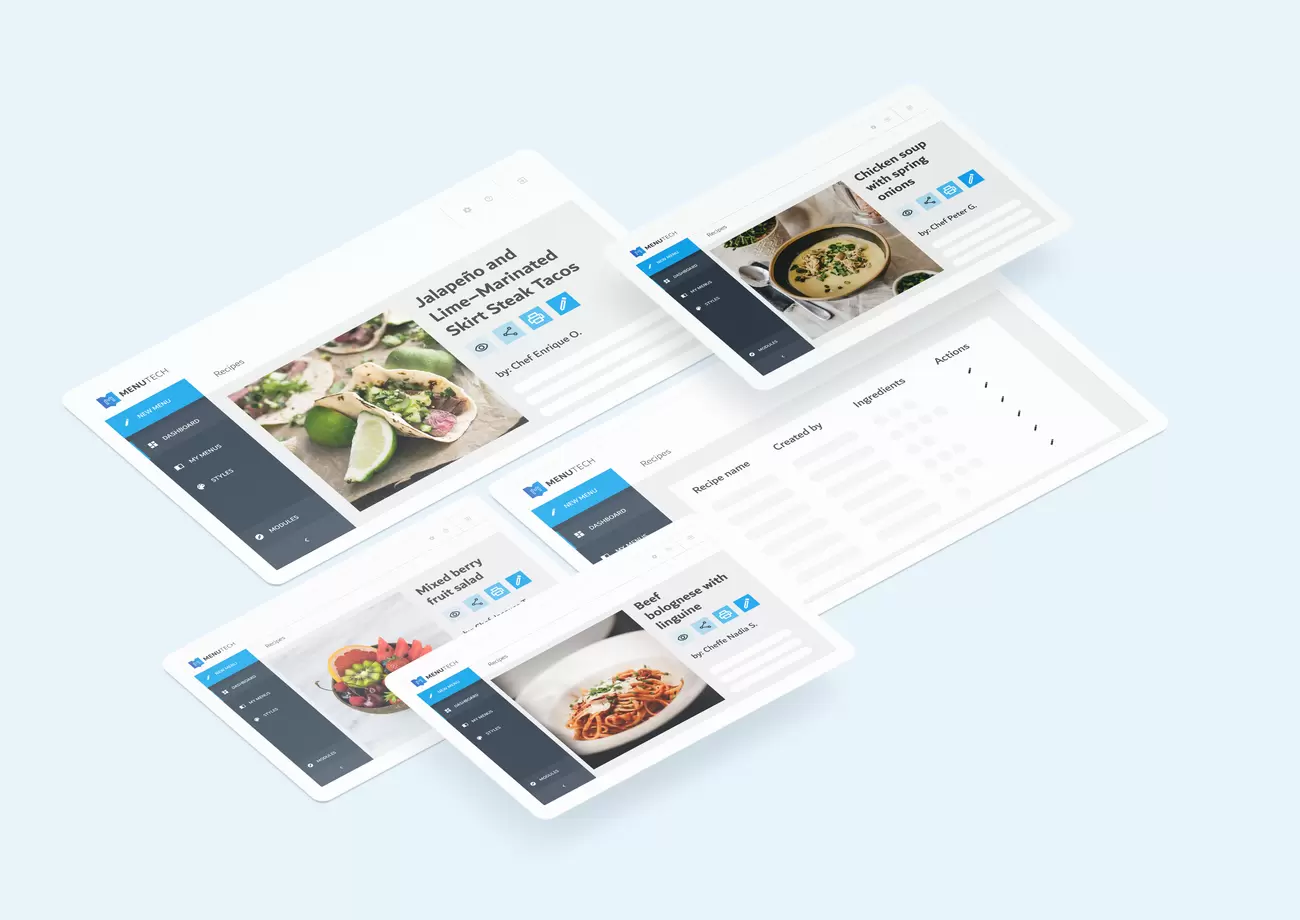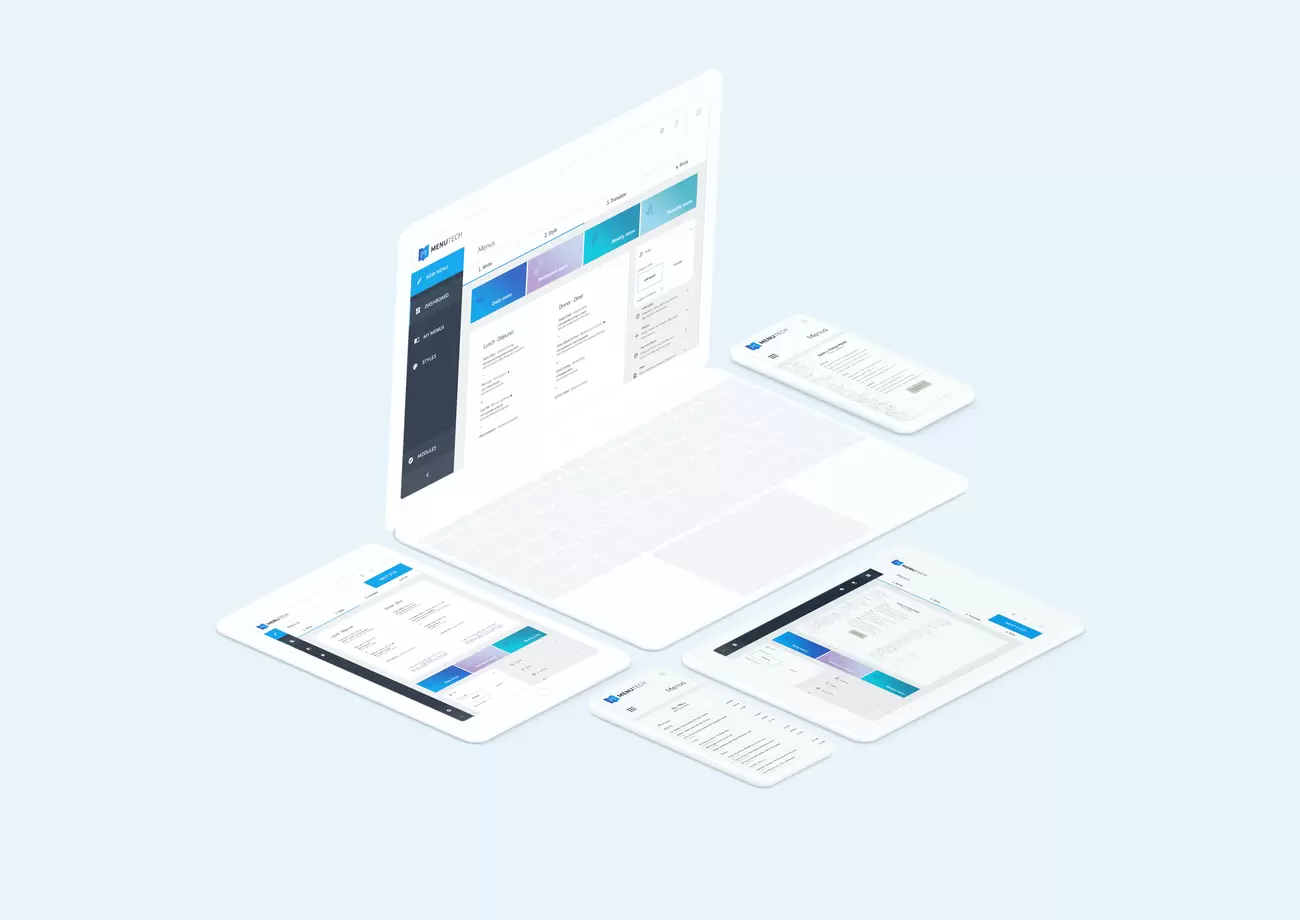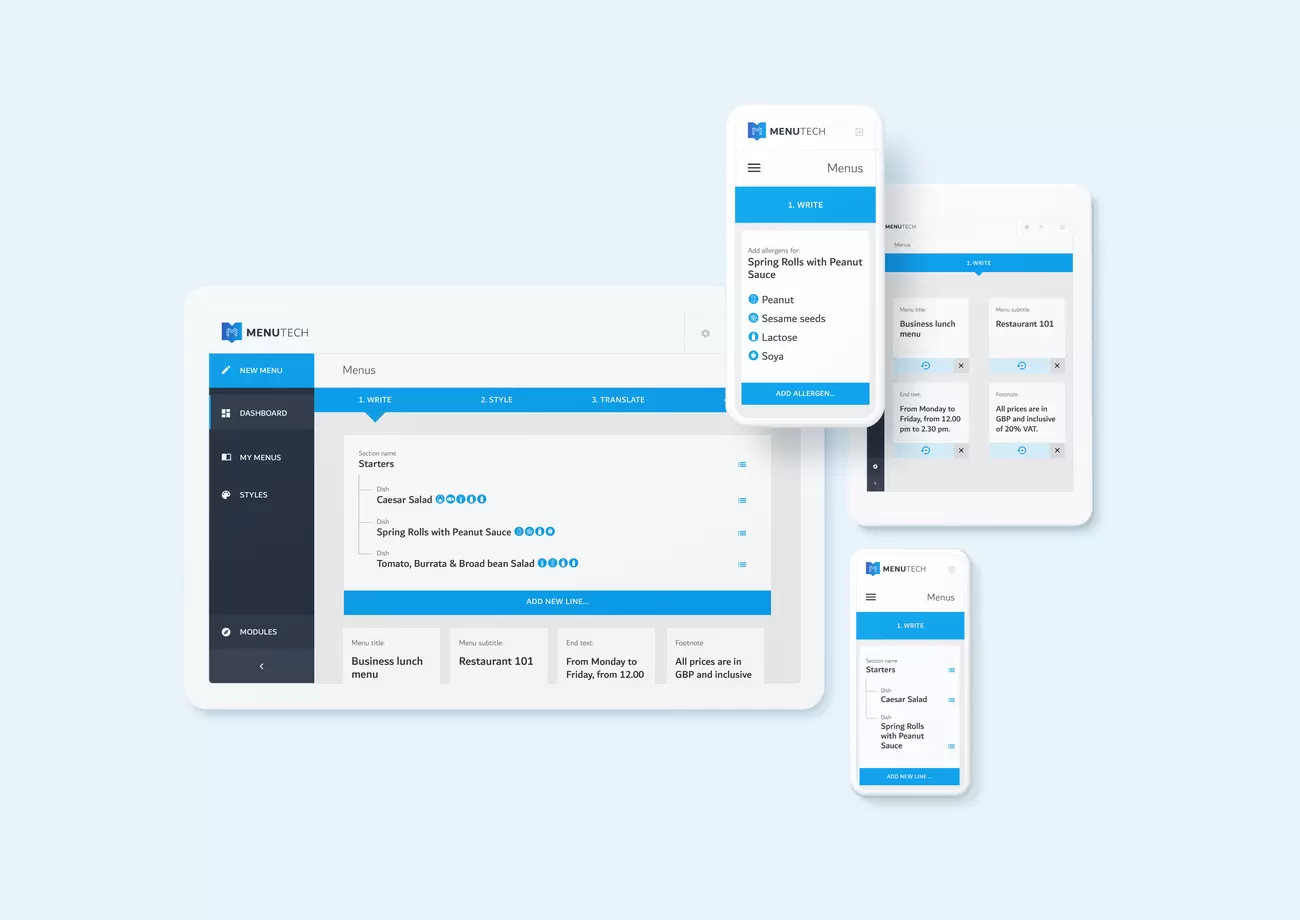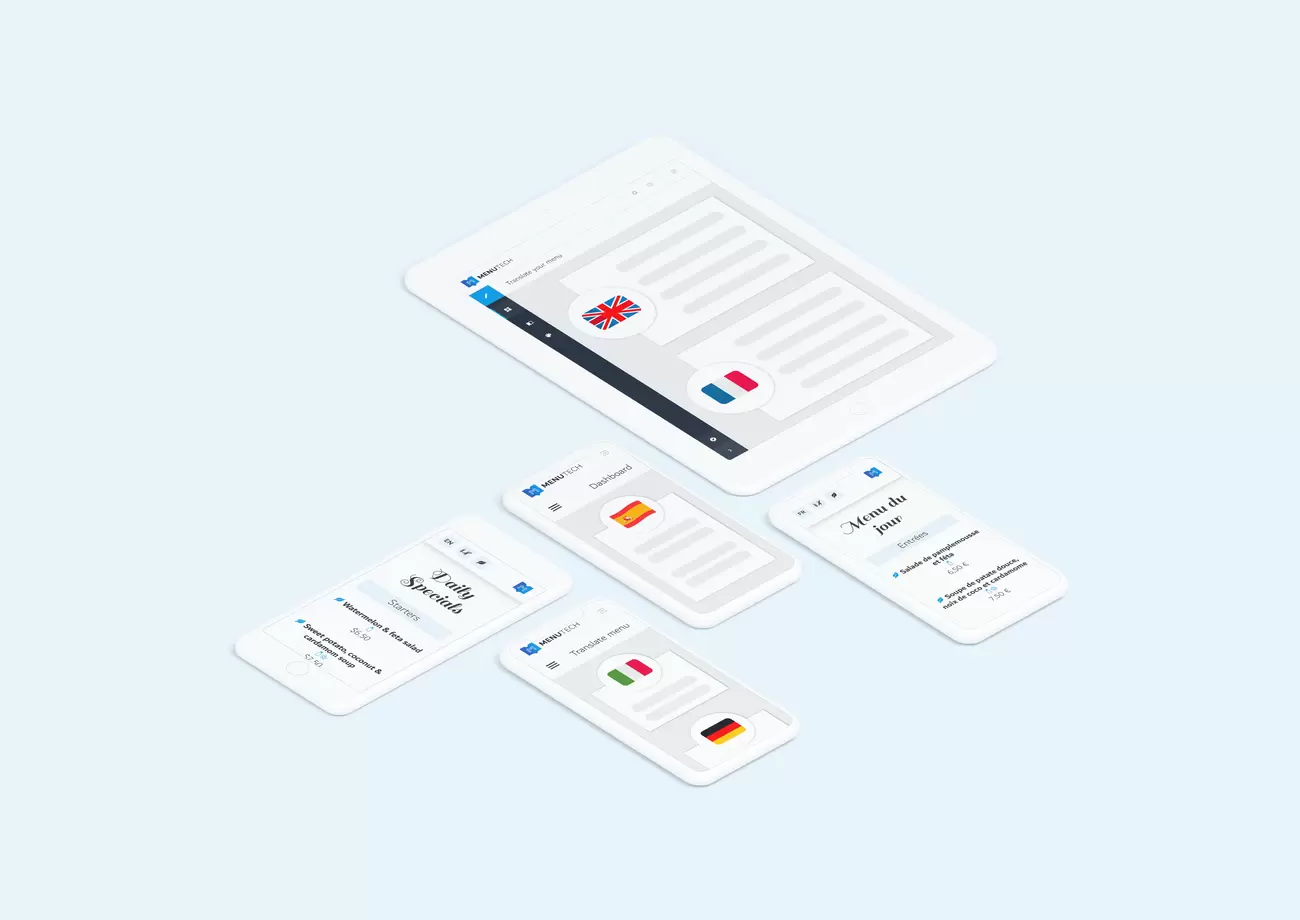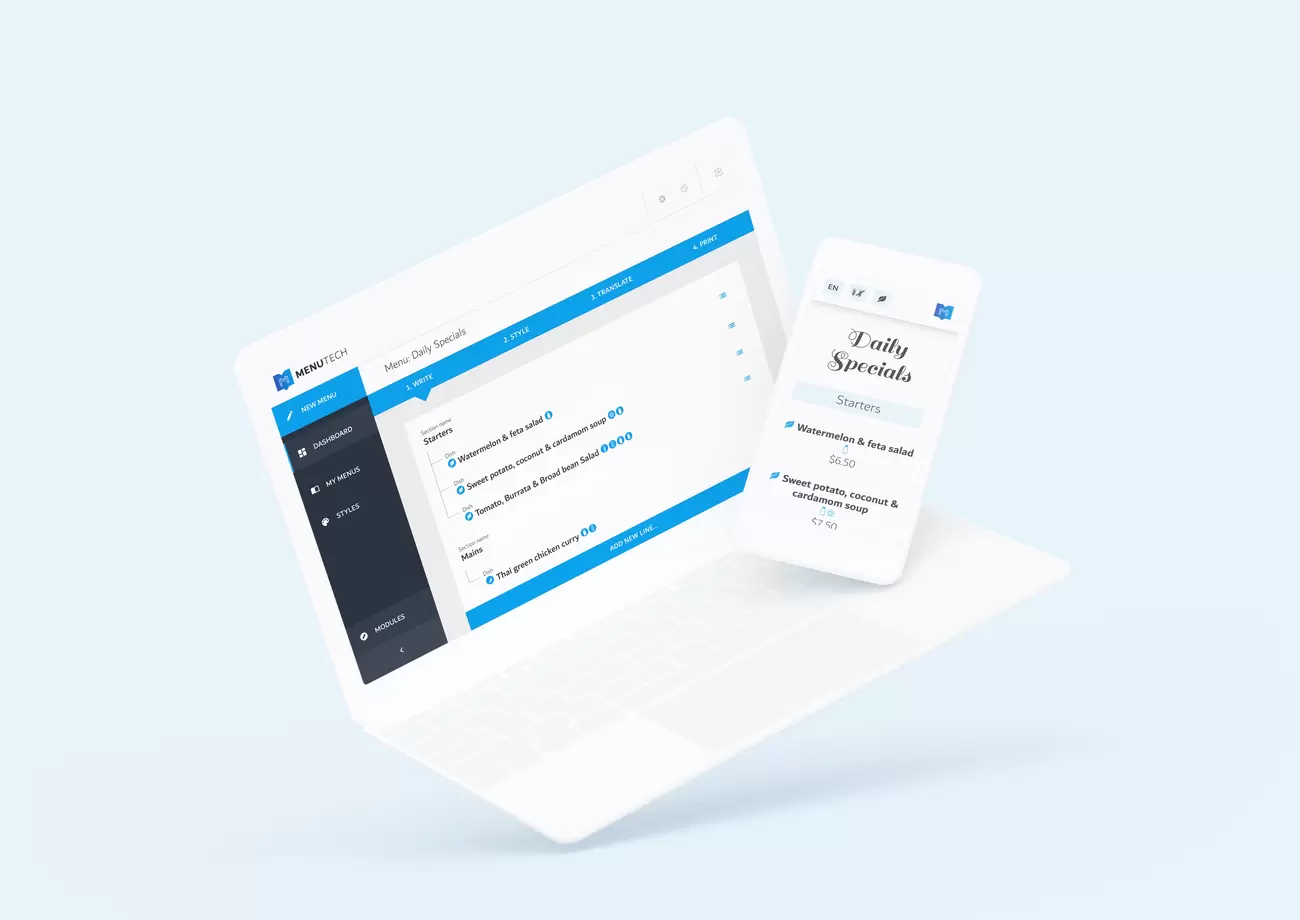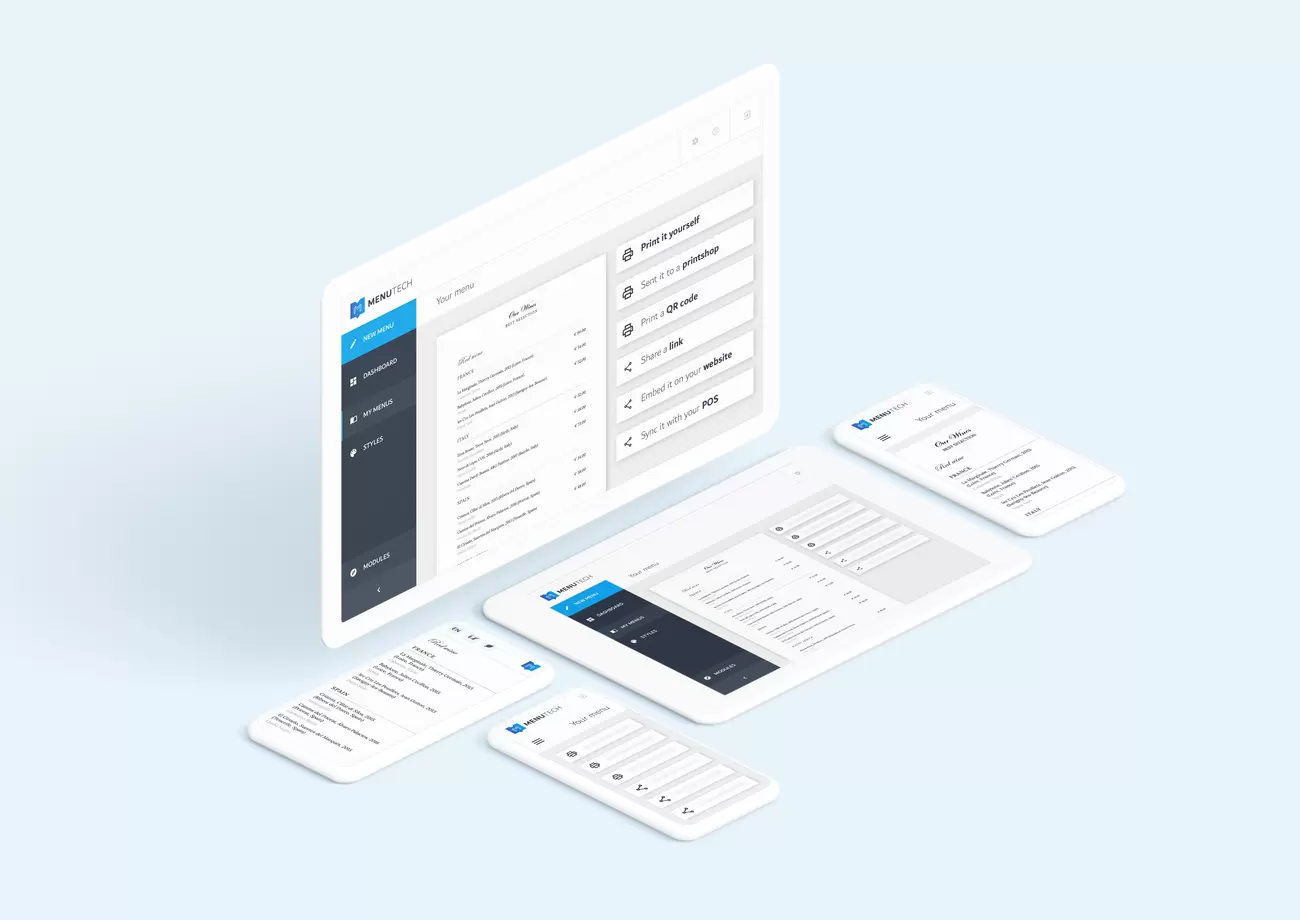Creating food menus for hospitals and nursing homes requires good planning.
Note: the following information is only valid for Germany, where food additive labelling is mandatory.
There are more than 300 food additives and each of them has a specific categorisation and E numbers. It is therefore not always easy for hospitality businesses to classify them correctly.
Food labelling requirements
According to article 3 of the Regulation (EC) No 1333/2008 of the European Parliament and of the Council a food additive is "any substance not normally consumed as a food in itself and not normally used as a characteristic ingredient of food, whether or not it has nutritive value, the intentional addition of which to food for a technological purpose in the manufacture, processing, preparation, treatment, packaging, transport or storage of such food results, or may be reasonably expected to result, in it or its by-products becoming directly or indirectly a component of such foods".
It is mandatory to label preservatives, phosphates, sulphur, quinine, colouring agents, sweeteners, flavour enhancers and caffeine among food additives.
The EU regulation on food labelling applies to all hospitality establishments in Germany
The EU regulation on additive labelling applies to hotels, restaurants, caterers and cafés. Thus, it is no longer allowed to inform guests about the presence of food additives verbally and upon request. Additive labelling must be provided in written form.
Let's take a look in the kitchen: desserts (colouring agents), lemonades (colouring agents) and even black olives (darkened) have additives that must be labeled. The DEHOGA (the German Hotel and Restaurant Association) recommends the following numeration for additives labelling:
No. 1 preservatives
No. 2 colouring agent
No. 3 antioxidant
No. 4 with saccharin sweeteners
No. 5 with sodium cyclamate sweeteners
No. 6 with Aspartame sweeteners, containing phenylalanine
No. 7 with acesulfame potassium sweeteners
No. 8 with phosphates
No. 9 sulphurated
No. 10 containing quinine
No. 11 containing caffeine
No. 12 flavour enhancer
No. 13 darkened
Nr. 14 waxed
Nr. 15 genetically modified
On Menutech menus you can then add additional information, such as "containing milk protein", "with nitrite curing salt", "with chocolate flavour coating", "with surimi", "formed fish and meat" and "defrosted".
Additional information
- For colouring agents E 102, E 104, E 110, E 122,E 124, E 129, the following text must be added: "may have an adverse effect on activity and attention in children".
- For sweeteners E 420, E 421, E 953, E 955 to E 967, the following text must be added: "excessive consumption may produce laxative effects".
- For the sweetener E 951, the following text must be added: "contains a source of phenylalanine".
- For caffeine contents of more than 150 mg/l, the dish or beverage must be labelled as: "high caffeine content, not recommended for children and pregnant or breast feeding mothers."
Are you correctly labelling your additives?
Here below is another example of how your menu should look like:
Baguette with fresh cheese emulsion with paprika and black olives13
Red fruit jelly3,4 with custard2
The Menutech software labels the dishes on your menu with allergens and additives. Data is then saved and retrieved automatically whenever the same dish appears on the menu - you will never have to label dishes twice.
Sources:
Verordnung (EG) Nr. 1333/2008 des europäischen Parlaments und des Rates
Bundesamt für Verbraucherschutz und Lebensmittelsicherheit




